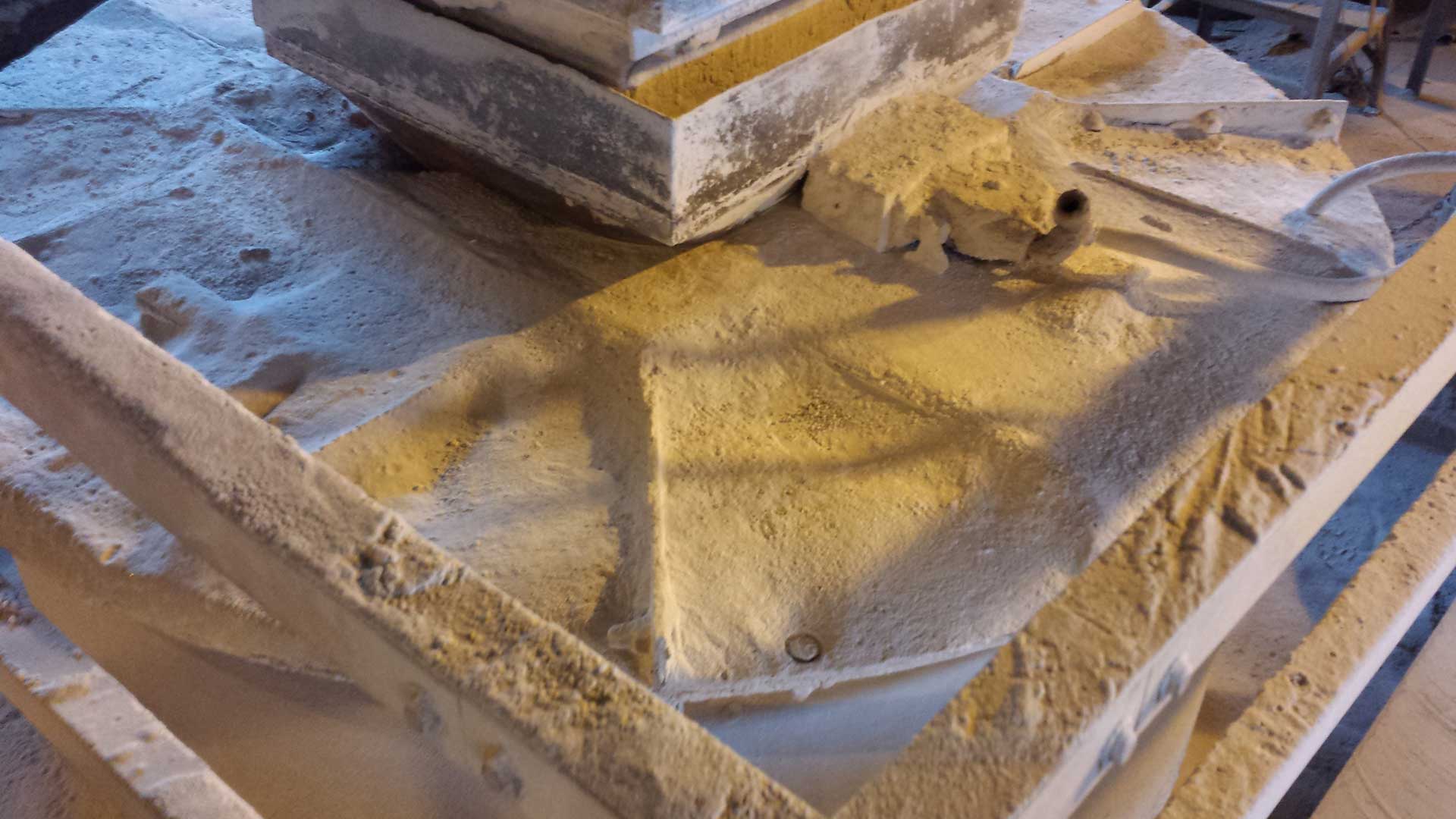What’s the Big Deal About Respirable Crystalline Silica?

Human Health Effects of Respirable Crystalline Silica
Respirable crystalline silica (RCS) is associated with a number of health problems. Tiny silica particles can make their way deep into the lungs when they are inhaled. From here, they can cause damage to the lungs themselves. The smallest particulates can even cross into the bloodstream and be carried to other body systems.
The most common and serious effect of RCS exposure is silicosis, a highly debilitating lung disease. Silicosis develops when scar tissue forms in the lungs, making it difficult for them to take in oxygen. Symptoms include shortness of breath with exertion, severe fatigue, and chest pain. Eventually, it can even lead to respiratory failure. Silicosis usually develops with prolonged exposure to respirable crystalline silica over several years or decades, but very high levels of exposure may lead to faster development of the disease.
Occupational exposure to RCS is also linked to other lung diseases such as Chronic Obstructive Pulmonary Disease (COPD) and lung cancer. Beyond lung conditions, RCS exposure is linked to kidney disease, cardiovascular impairment and various autoimmune disorders.
How the New Silica Standard Will Impact Workers
More than two million workers will be affected by the new silica standard in a broad range of industries, including construction, glass and tile manufacturing, concrete manufacturing, abrasive blasting, oil & gas and foundries. The new standard cuts the permissible exposure level (PEL) for respirable crystalline silica in half, to just 50 µg/m3.
OSHA estimates that the new standards will:
- Prevent 900 new cases of silicosis each year
- Save 600 manufacturing worker lives annually
Getting Ready for New Silica Standards
Manufacturers have had nearly two years to prepare to meet the new standard, but many still have work to do to prepare for the June 23, 2018 deadline. If your company is among those still not ready, don’t panic. There is still time to implement engineering and process controls to reduce exposure to dangerous respirable silica dusts.
RoboVent uses an engineering process called VentMapping to help companies evaluate their current exposure levels and silica dust-producing processes and design effective systems for silica dust control. Companies concerned about silica dust exposure should get started right away—the clock is ticking!
Not sure if you’re ready for the respirable crystalline silica standard? Read more here.
Contact Us With Your Questions!
SUBSCRIBE TO
BLOG UPDATES









